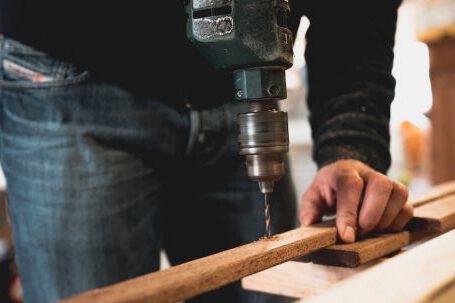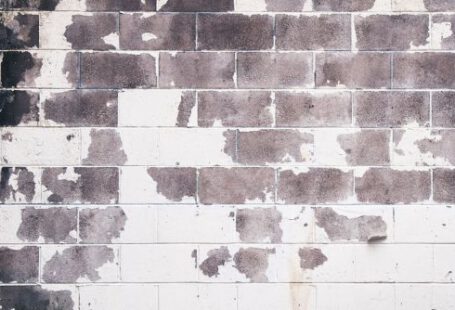The world of protective gloves is a vast one, and there are a variety of gloves designed to protect against different hazards. From industrial work to medical care to food preparation, there are gloves designed to provide protection from a range of potential hazards. In this article, we’ll take a deep dive into the world of protective gloves, exploring the types of gloves available, the materials used to construct them, and the various safety regulations surrounding their use.
Types of Protective Gloves
Protective gloves come in a wide variety of shapes and sizes, designed to provide protection from different hazards. Some of the most common types of gloves include:
- Chemical-resistant gloves – Designed to provide protection from hazardous chemicals, these gloves are often made from rubber or neoprene.
- Heat-resistant gloves – Designed to protect the hands from heat, these gloves are often made of leather or other heat-resistant materials.
- Cut-resistant gloves – Made from materials such as Kevlar or steel, these gloves are designed to protect the hands from cuts and abrasions.
- Electrical-resistant gloves – Made from rubber or other non-conductive materials, these gloves are designed to protect the hands from electrical shocks.
No matter the type of glove, it is important to make sure that the gloves fit properly and are not too tight or too loose. Properly fitting gloves will provide the most effective protection.
Materials Used in Protective Gloves
Gloves are typically made of a variety of materials designed to provide protection from different hazards. Some of the most common materials used in protective gloves include:
- Leather – Leather is a durable and long-lasting material that is often used in protective gloves. It is often used in heat-resistant gloves and is also resistant to abrasion.
- Fabric – Fabrics such as cotton or nylon are often used in protective gloves. These materials provide good protection from abrasions and are often used in medical gloves.
- Rubber – Rubber is a common material used in protective gloves. It is usually used in chemical-resistant gloves, as it provides good protection from hazardous chemicals.
- Kevlar – Kevlar is a strong, lightweight material that is often used in cut-resistant gloves. It is also resistant to abrasion and is used in a variety of industrial gloves.
The material used in a glove will depend on the type of protection needed. It is important to choose the right material to ensure that the gloves provide the appropriate level of protection.
Safety Regulations for Protective Gloves
The use of protective gloves is regulated by a variety of different safety standards. These standards ensure that gloves are constructed using the proper materials and provide the appropriate level of protection. Some of the most common safety standards for protective gloves include:
- ANSI/ISEA – This is the American National Standards Institute’s standard for protective gloves. It provides guidelines for the construction and use of protective gloves.
- CEN – This is the European standard for protective gloves. It provides guidelines for the construction and use of protective gloves in Europe.
- OSHA – The Occupational Safety and Health Administration’s guidelines for protective gloves are designed to protect workers from hazardous materials.
It is important to adhere to the safety regulations when using protective gloves. Failure to comply with the safety regulations can result in serious injury or even death.
Conclusion
Protective gloves are an essential tool for protecting the hands from a variety of hazards. There are many different types of gloves available, each designed to provide protection from different hazards. The materials used in gloves vary, depending on the type of protection needed. In addition, there are a variety of safety regulations that must be followed when using protective gloves. By understanding the types of gloves available, the materials used to construct them, and the safety regulations surrounding their use, it is possible to ensure that the gloves provide the necessary level of protection.






